Kington Golf Club Course Review
England’s highest 18-hole course is blessed with some of the finest golf views in the country
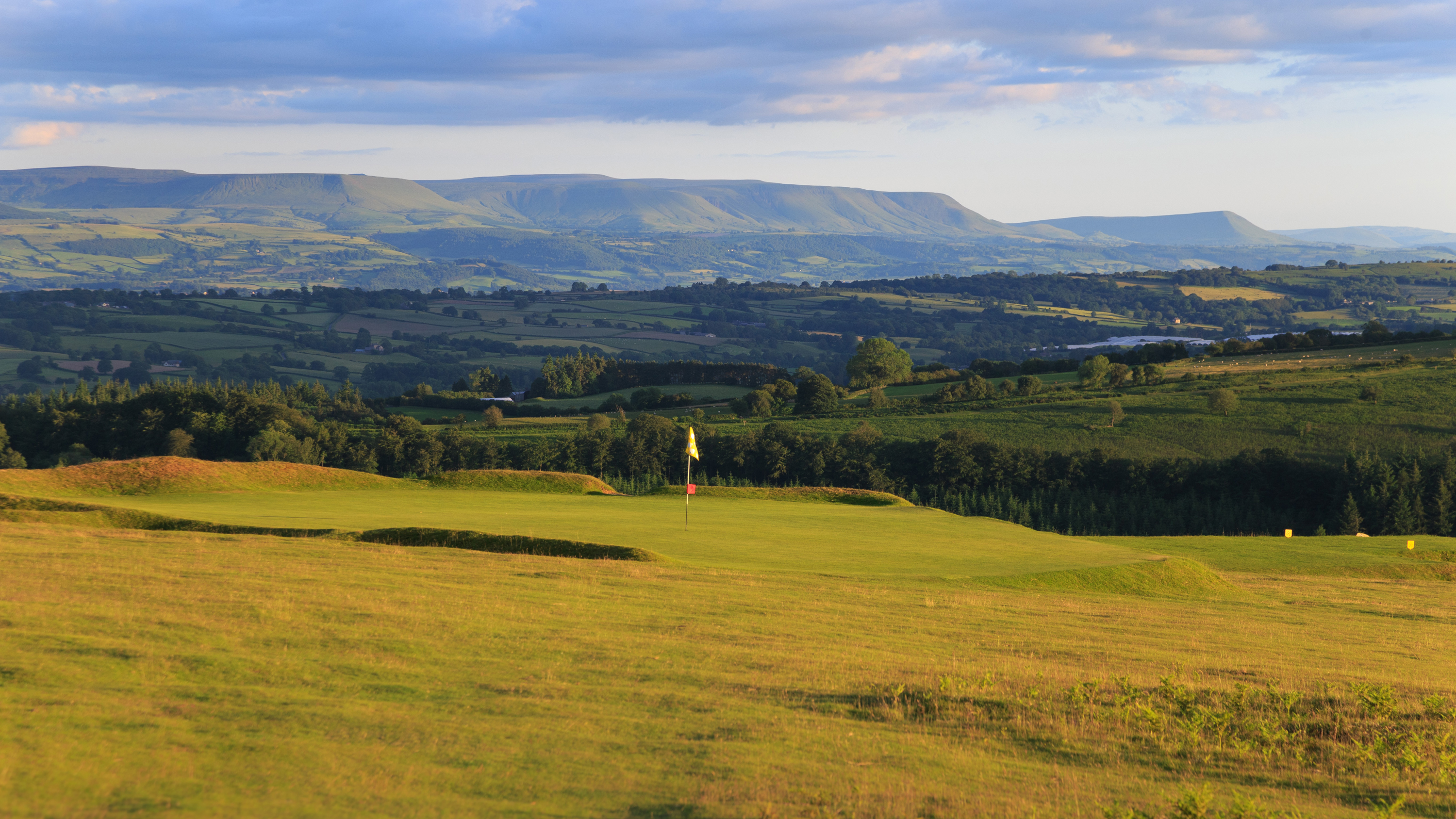

Kington Golf Club Course Review
GF From £22
Par 70, 5,961 yards
Slope 115
GM Verdict – A spectacular hilltop course delivering a unique golfing experience and captivating views
Favourite Hole – 18th A superb risk/reward par 4 to finish. It’s downhill and sloping left to right. A bold shot can reap rewards.
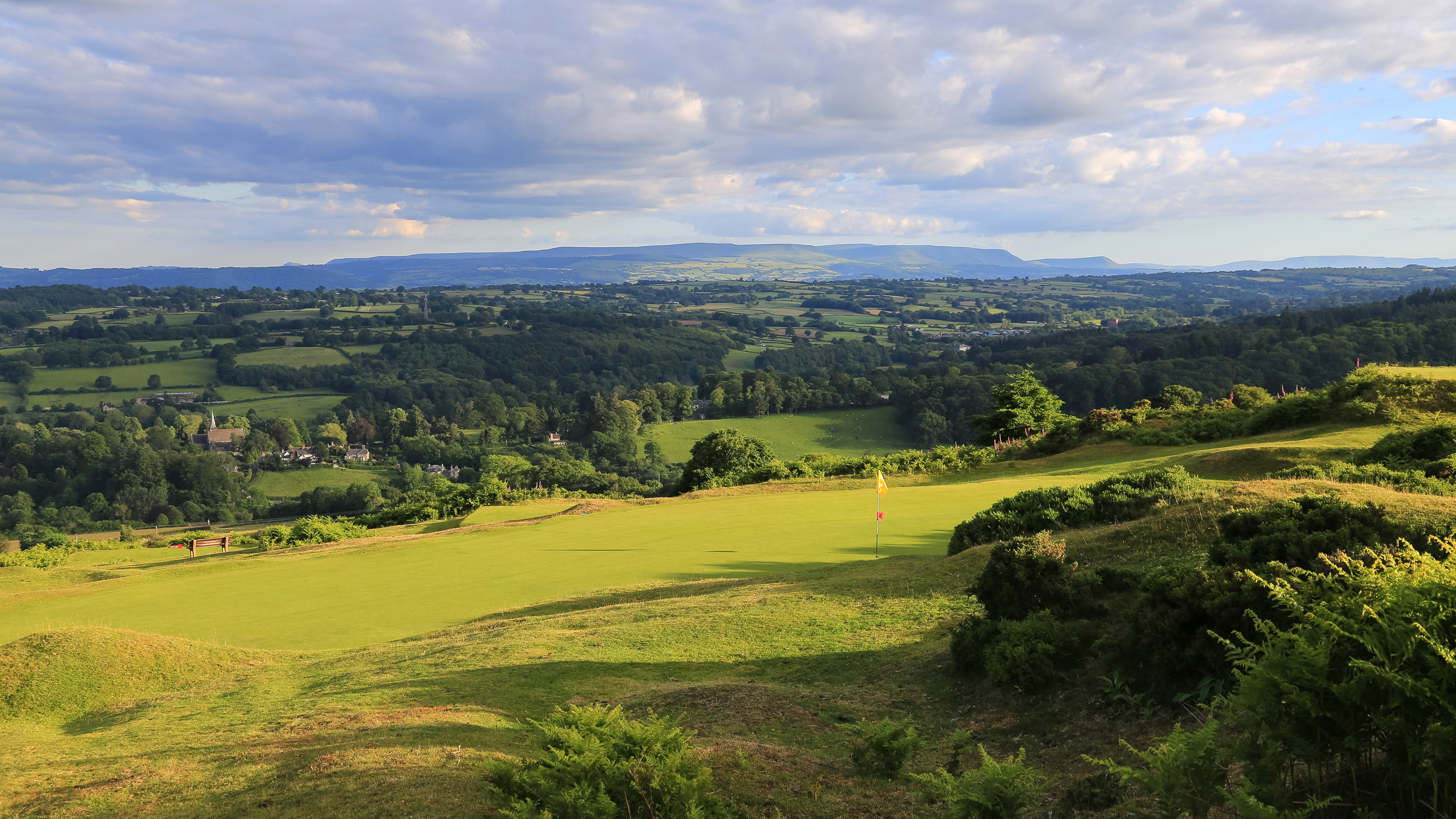
The 1st green at Kington
At 1,284 feet above sea level, Kington is the highest golf club in England. With panoramic views from the course, encompassing the Brecon Beacons National Park, the Black Mountains, the Radnorshire Hills, Hergest Ridge as well as the Malvern and Clee Hills, there are few more spectacular settings for golf anywhere in England.
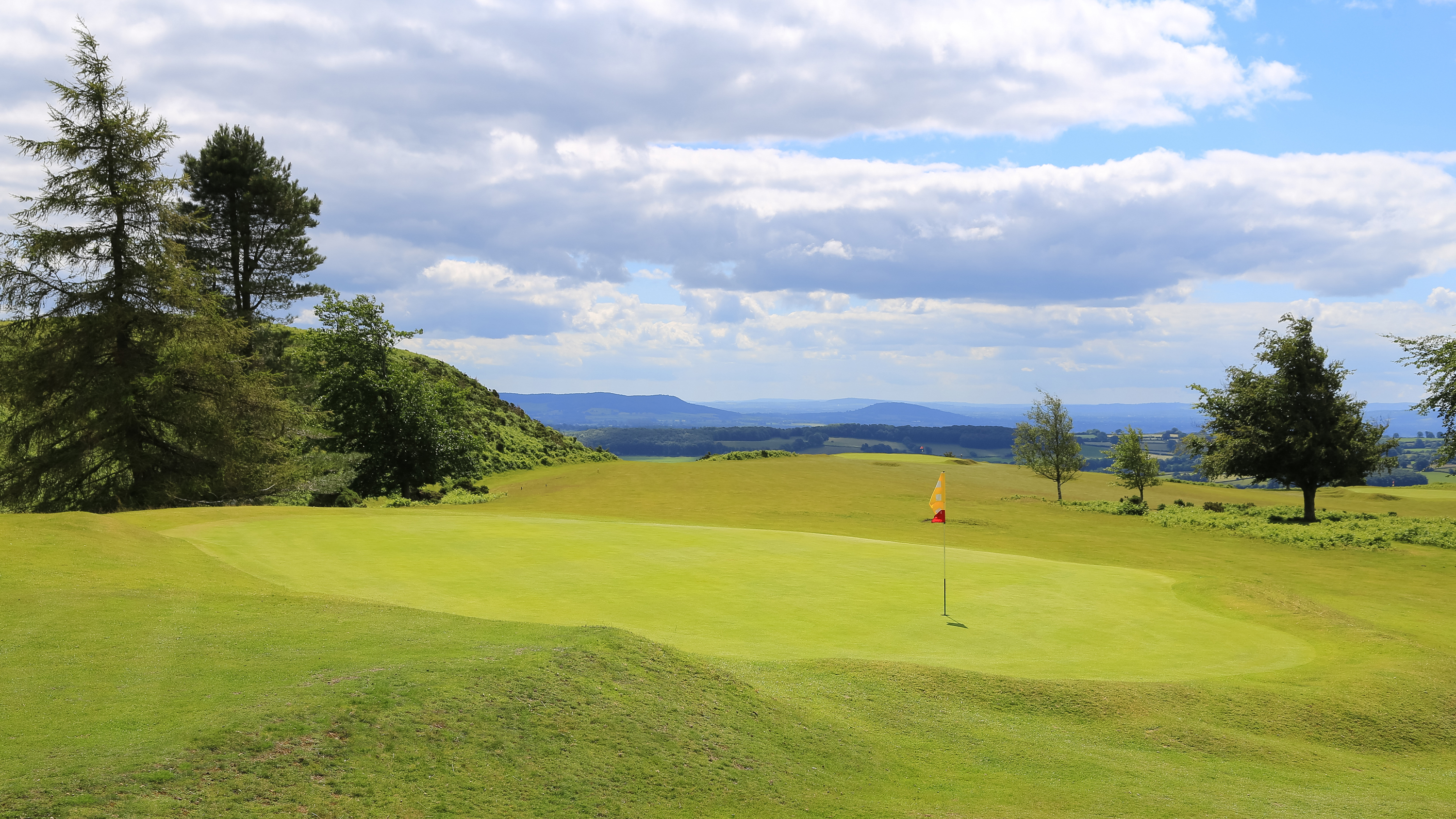
The 2nd green
The layout has the playing characteristics of a links – firm and fast running fairways, heather and gorse and tricky undulating greens. This isn’t a long course and the key to success is keeping the ball in play. Many of the fairways feature slopes, humps and hollows and you must try to use the contours to your advantage.
The course was designed by Major Cecil Key Hutchinson who worked with James Braid at Gleneagles and Carnoustie. It’s a fine layout where the greens are known for being as true as they are quick. The 1st takes you up the hill and provides a relatively gentle opening, two tricky holes are followed by the challenging “O’er the top” which does what you might expect.
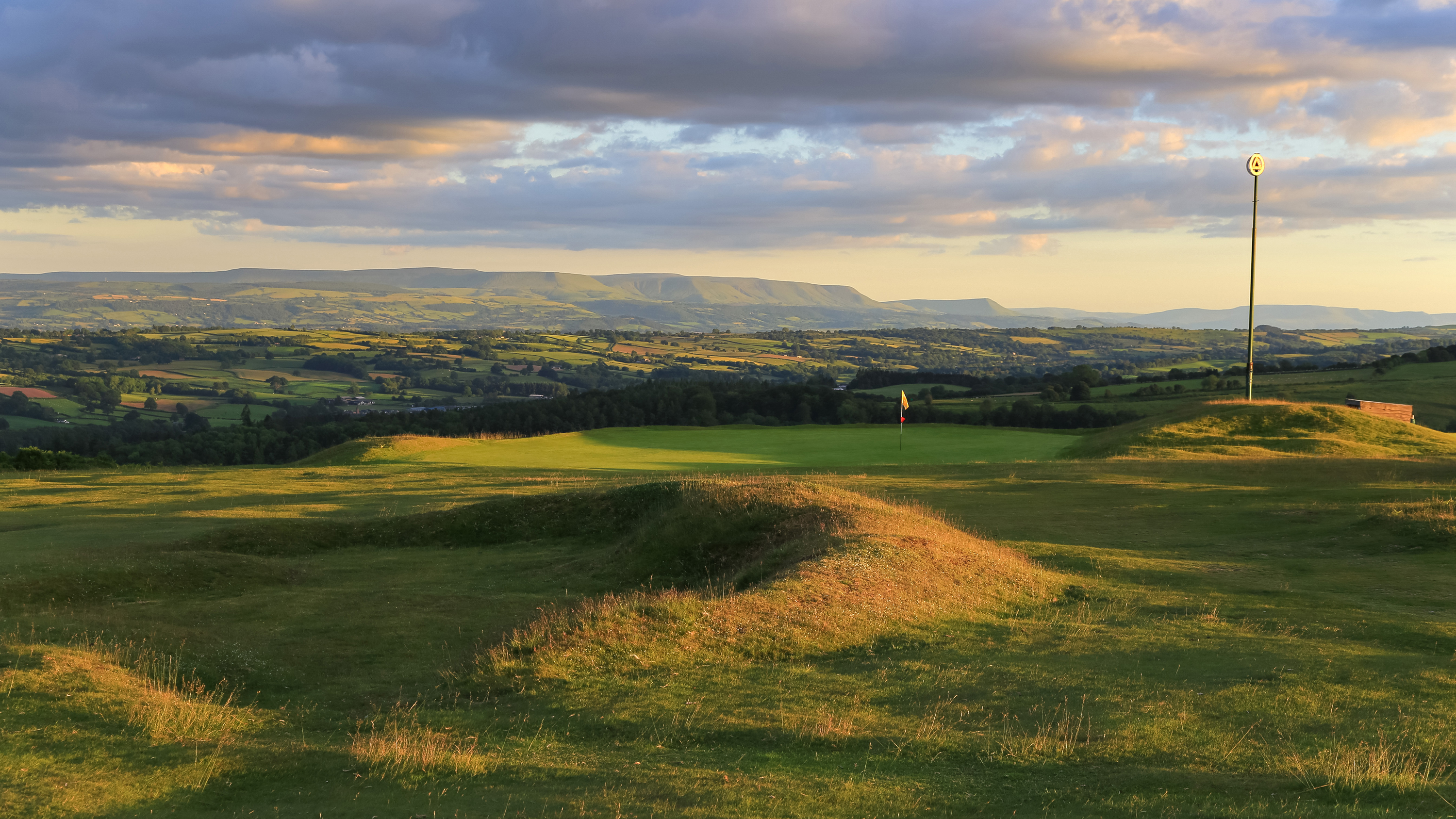
The 7th
Back-to-back long holes on the 7th and 8th provide contrasting tests – the former is a short par-5 where two committed strokes will get longer hitters home in two and offer a birdie chance, the 8th is a brutish par-4 often played into the wind. It’s one where par is an excellent score. The back nine offers some seriously fun holes with amazing views across the surrounding countryside. A number of blind and downhill shots require precise judgement – in the summer months, you often have to land approaches well short of the putting surfaces and trust the contours.

The 12th
The downhill 14th is both an appealing and a daunting prospect with the full hole, and all the trouble, visible from the tee. The last is a real tempter – downhill and less than 300 yards, you either aim left and use the slopes to carry the ball back or you go for it and try to fly all the way to the green. The risk is – anything drifting right is potentially lost. Kington is a spectacular and supremely fun course offering incredible value for money and a hugely memorable round of golf.
Get the Golf Monthly Newsletter
Subscribe to the Golf Monthly newsletter to stay up to date with all the latest tour news, equipment news, reviews, head-to-heads and buyer’s guides from our team of experienced experts.
Rob Smith On Kington Golf Club
Having written about Kington a couple of times in Golf Monthly, I have finally sorted out my photos which means I can now offer my views of this fabulous and relatively unheralded gem. The club was founded in 1925, and as you drive up Bradnor Hill to the charming clubhouse, you wonder whether this is going to be seriously hard work. Happily, it is more hilltop than hillside, and it’s the views at Kington Golf Club rather than the walking that takes your breath away.

The first three holes head gently out and up onto the hill, and once you are up the path to the fourth tee, you are pretty much at the top. Despite the lack of sand and its modest length, the course is protected all the way by the need to approach its greens from exactly the right angle.

The 7th is the first and shortest of the three par 5s, and wind direction will be a factor here as two good blows could see you home to the green that backs onto the 10th.
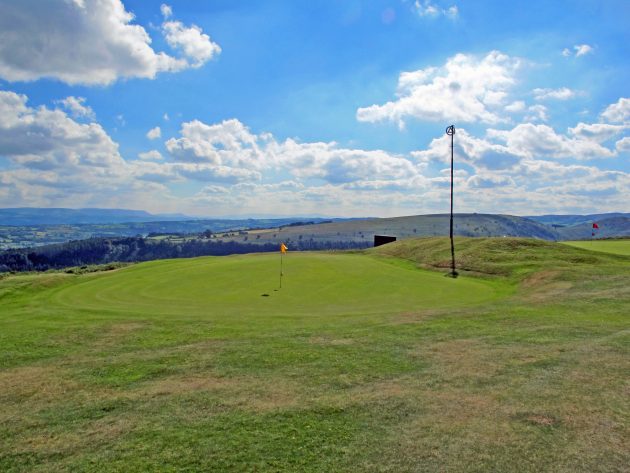
There is plenty of room between the holes at this furthest part of the course where you could be forgiven for thinking that you no-one else exists. In addition, the air is as pure and clean as you will find anywhere.
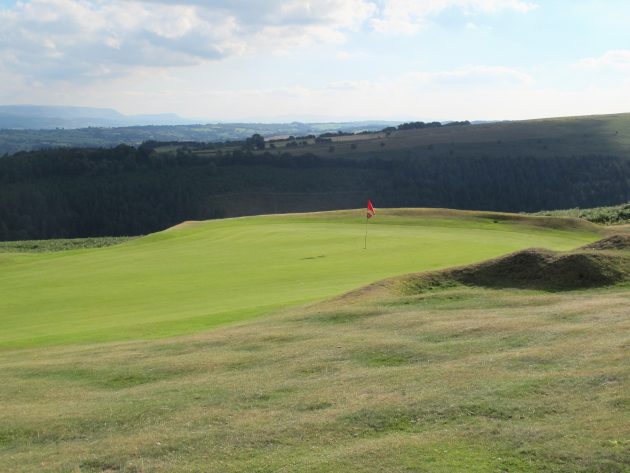
There are no real signature holes at Kington, and none would win a design award on its own, but put them together in this location, and you have a course that will delight anyone with a love of the game.
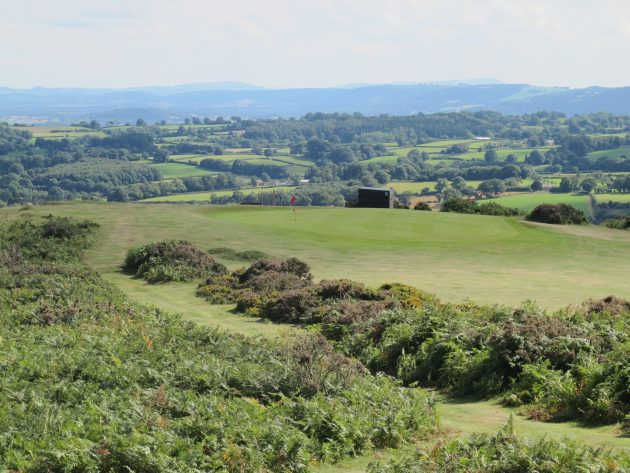
The 15th is a long par 3 that can be unreachable in the wind. Miss to the right and you might actually do well to salvage a four.
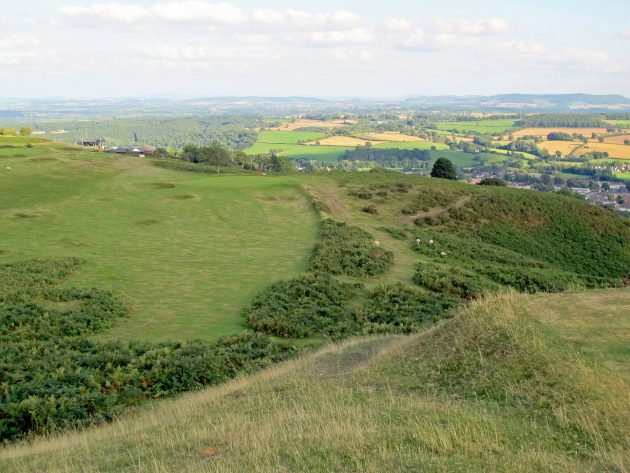
The round closes with three short par 4s, but each has its own defences while offering various options.

The penultimate hole is the longest of the three, played to what is almost an infinity green with the valley falling away beyond.
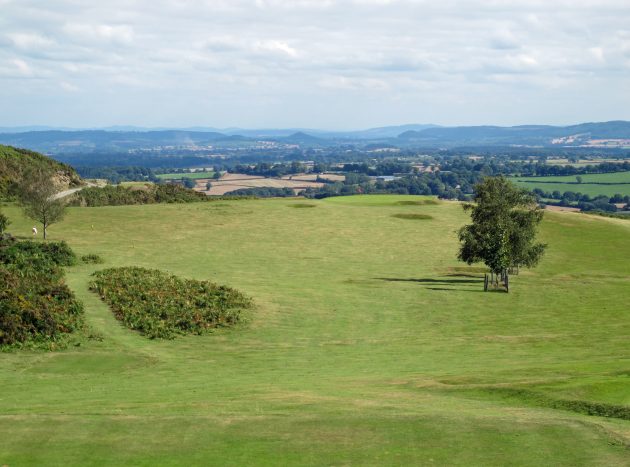
The 18th is a terrific risk and reward hole - should you go for the green or play up the left and rely on an accurate pitch or chip and run?!

Its length and design mean that it isn’t a contender for a place in the Golf Monthly Top 100, but it was one of our Hidden Gems a while back and would be in my personal list of 100 places to play.
I will conclude by plagiarising myself - if that is possible - and repeat the final sentence of my 2014 Golfer’s Guide review. This was the 469th course I have played in England and I am happy to sum it up by saying that if there is an inland course with finer views anywhere in the country, I have yet to play it. That count has now risen by another 100, and I have still not changed my mind.
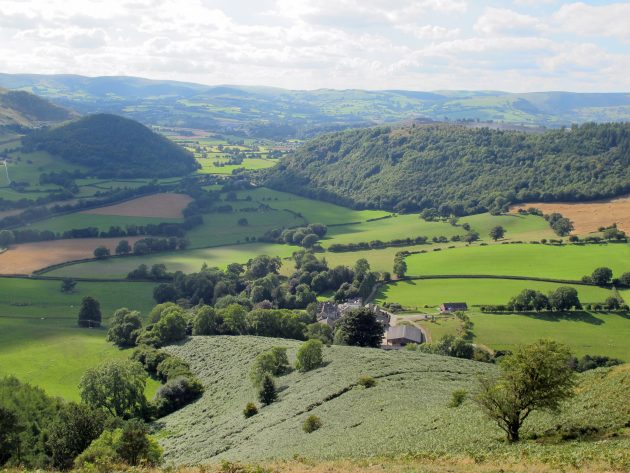

Fergus is Golf Monthly's resident expert on the history of the game and has written extensively on that subject. He has also worked with Golf Monthly to produce a podcast series. Called 18 Majors: The Golf History Show it offers new and in-depth perspectives on some of the most important moments in golf's long history. You can find all the details about it here.
He is a golf obsessive and 1-handicapper. Growing up in the North East of Scotland, golf runs through his veins and his passion for the sport was bolstered during his time at St Andrews university studying history. He went on to earn a post graduate diploma from the London School of Journalism. Fergus has worked for Golf Monthly since 2004 and has written two books on the game; "Great Golf Debates" together with Jezz Ellwood of Golf Monthly and the history section of "The Ultimate Golf Book" together with Neil Tappin , also of Golf Monthly.
Fergus once shanked a ball from just over Granny Clark's Wynd on the 18th of the Old Course that struck the St Andrews Golf Club and rebounded into the Valley of Sin, from where he saved par. Who says there's no golfing god?
-
 The Masters Final Round: TV Coverage, Live Streams, Start Times As Rory McIlroy Battles Bryson DeChambeau And History
The Masters Final Round: TV Coverage, Live Streams, Start Times As Rory McIlroy Battles Bryson DeChambeau And HistoryAll the info on live streams, TV broadcasts, and free coverage of one of the most hotly anticipated final days of any Major as McIlroy battles with DeChambeau
By Patrick Fletcher Published
-
 'I'm Not Going To Stand Here And Talk About Rory For 10 Minutes' - Shane Lowry Frustrated After Late Slip
'I'm Not Going To Stand Here And Talk About Rory For 10 Minutes' - Shane Lowry Frustrated After Late SlipThe Irishman spoke to the media after his round, but he was in no mood to discuss about McIlroy
By Michael Weston Published
-
 100 Best Cheap Golf Courses In UK And Ireland
100 Best Cheap Golf Courses In UK And IrelandOur list of 100 hidden gem golf courses everyone can play in the UK and Ireland...
By Elliott Heath Published
-
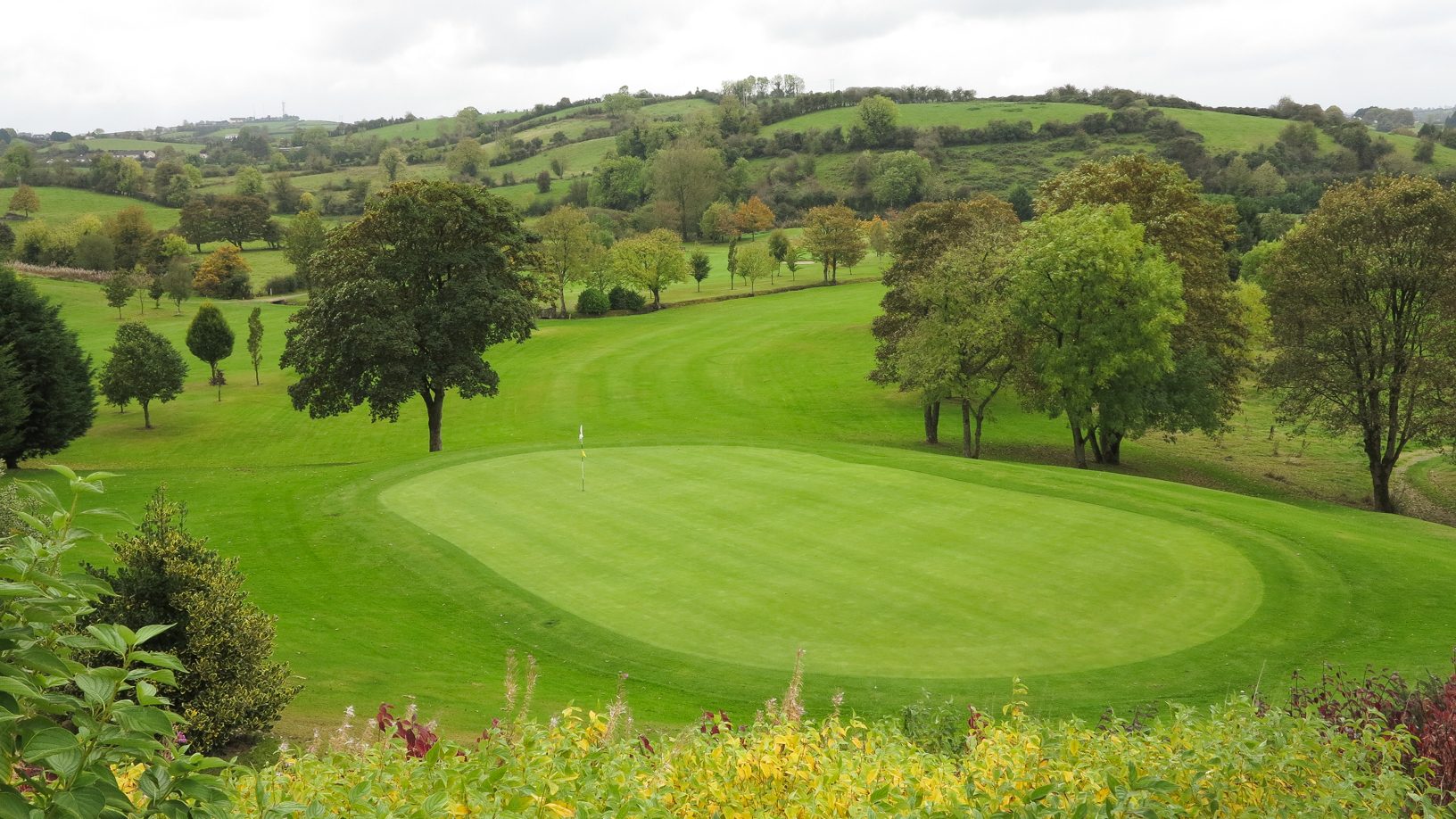 Rossmore Golf Club Course Review
Rossmore Golf Club Course ReviewRossmore Golf Club's rollercoaster ride serves up big downhill drives, old stone walls, streams and views up into Northern Ireland
By Kevin Markham Published
-
 Rolls of Monmouth Golf Club Course Review
Rolls of Monmouth Golf Club Course ReviewThe Rolls of Monmouth Golf Club's beautiful parkland course is laid out over the former estate of Charles Rolls of Rolls-Royce fame
By Kevin Markham Published
-
 Rathcore Golf Club Course Review
Rathcore Golf Club Course ReviewRathcore Golf Club in Co. Meath is a 21st-century gem adorned with water features and hillocks that enhance its beauty and challenge
By Kevin Markham Published
-
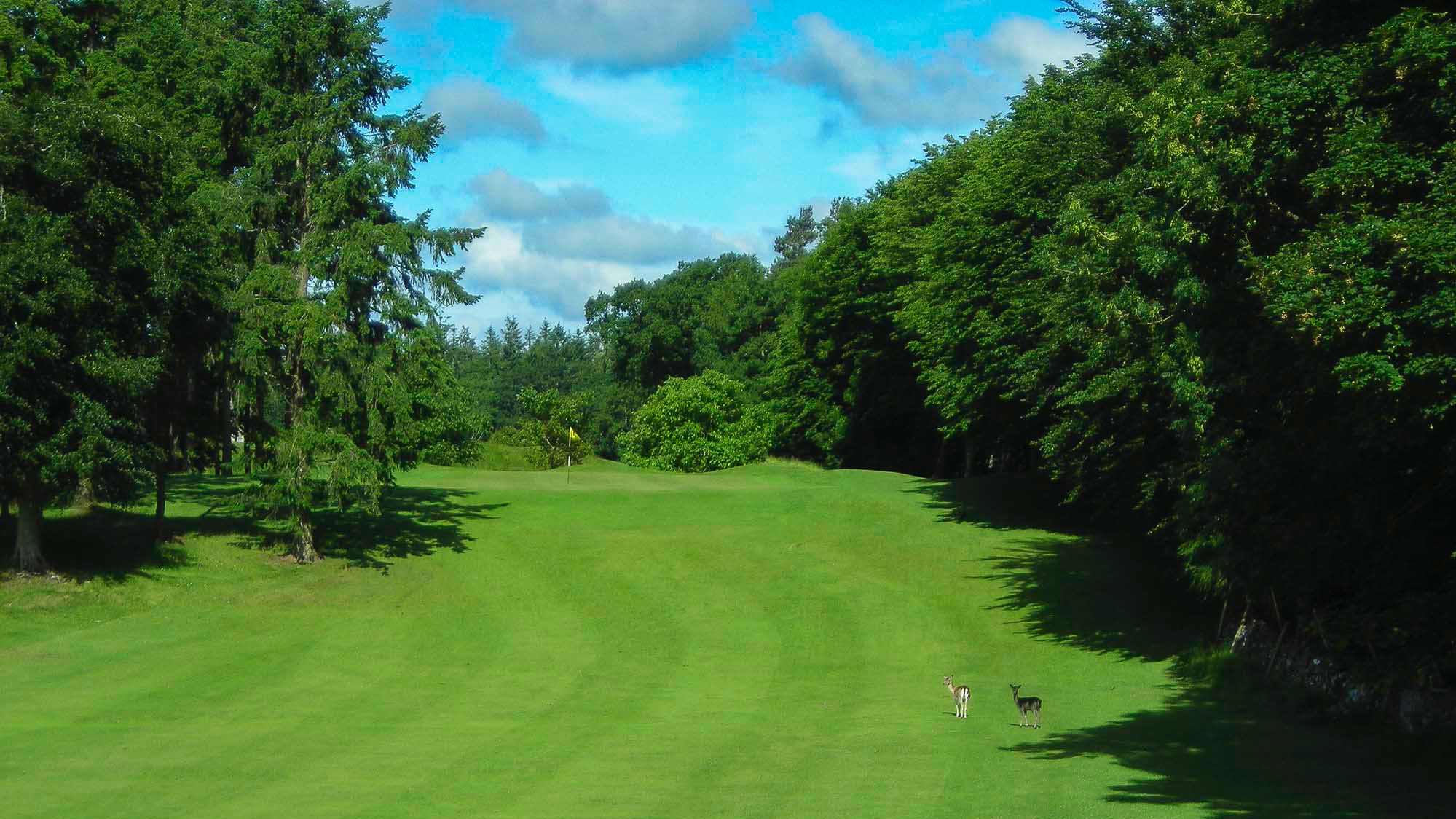 Portumna Golf Club Course Review
Portumna Golf Club Course ReviewPortumna has one of the best courses in Co. Galway plus a 17th hole sometimes mentioned in 'best in Ireland' conversations...
By Kevin Markham Published
-
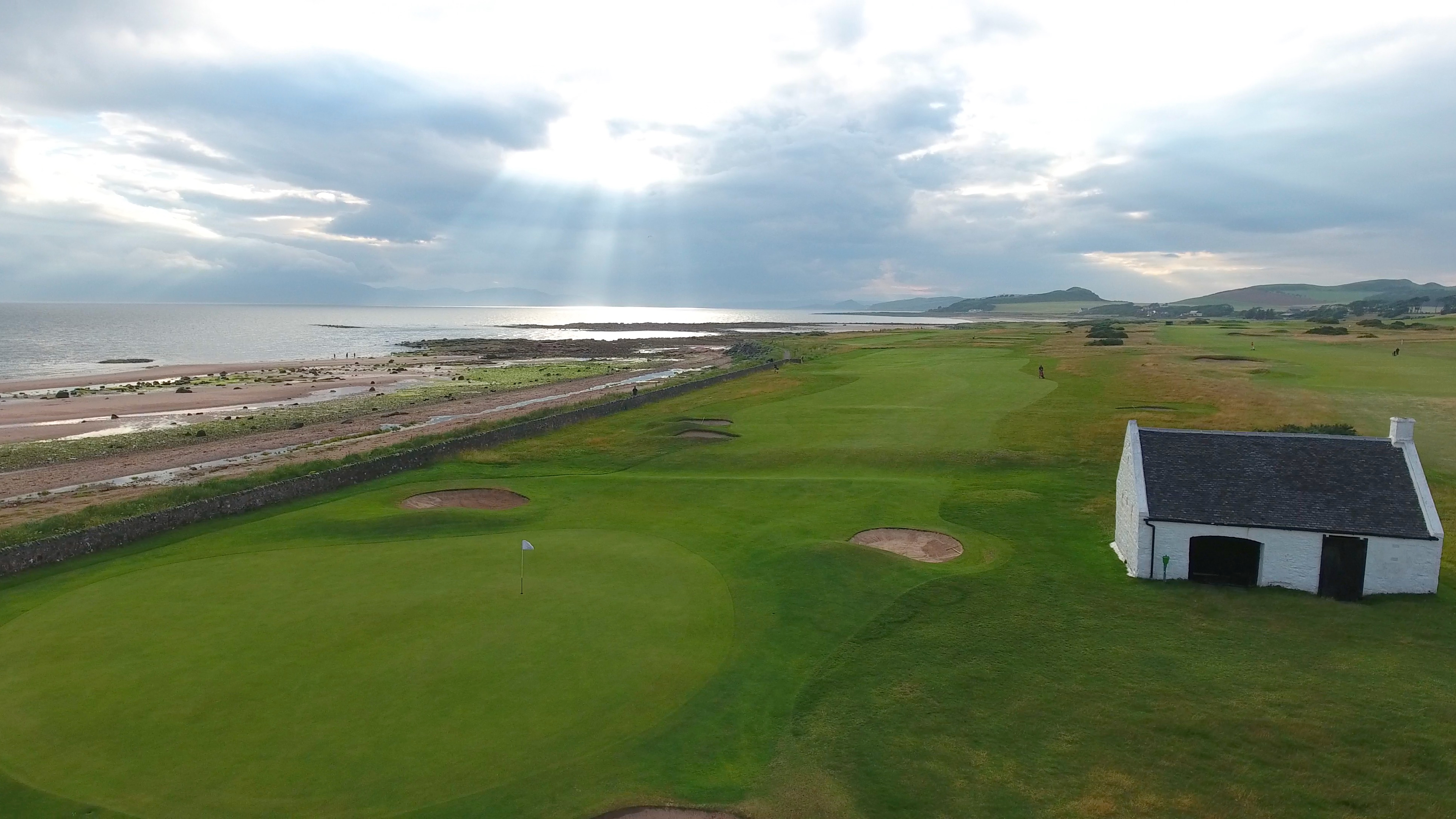 West Kilbride Golf Club Course Review
West Kilbride Golf Club Course ReviewBy Kevin Markham Published
-
 North West Golf Club Course Review
North West Golf Club Course ReviewOne of Ireland’s founding fathers, North West Golf Club is home to a fabulous links in a lovely setting
By Kevin Markham Published
-
 Tullamore Golf Club Course Review
Tullamore Golf Club Course ReviewTullamore Golf Club is home to a James Braid creation with challenging doglegs aplenty in the beautiful Co. Offaly countryside
By Kevin Markham Published